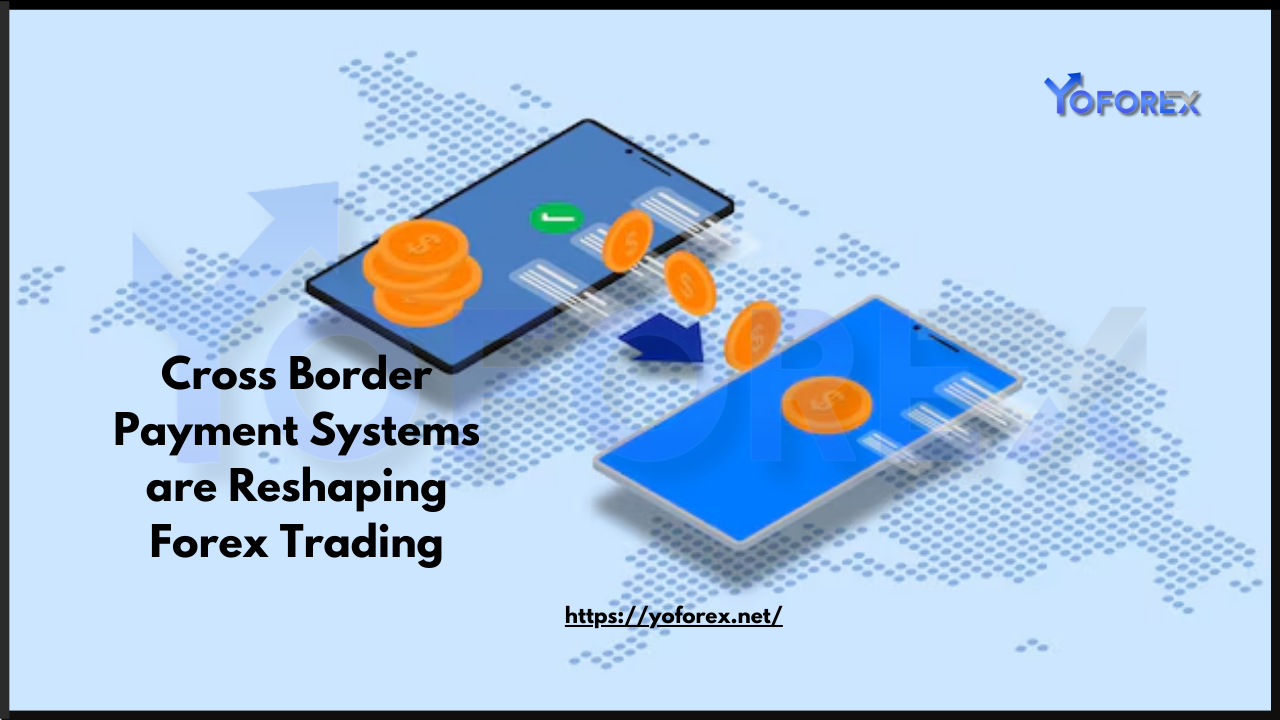The global financial landscape is undergoing a seismic shift, driven by advancements in cross-border payment systems. These innovations are not only transforming how money moves across borders but are also reshaping the forex trading industry. As the world becomes increasingly interconnected, the demand for faster, cheaper, and more transparent cross-border transactions is pushing traditional forex trading to evolve. This blog explores how modern payment systems are influencing forex trading, the role of emerging technologies, and the implications for traders, businesses, and the global economy.
The Evolution of Cross-Border Payments
Cross-border payments have long been the backbone of international trade and finance. However, traditional systems have been plagued by inefficiencies, including high costs, slow processing times, and a lack of transparency. These challenges are particularly pronounced in forex trading, where currency exchange rates fluctuate rapidly, and delays can lead to significant financial losses.
In recent years, the rise of real-time payment systems, blockchain technology, and digital currencies has begun to address these issues. For example, initiatives like SWIFT’s Global Payments Initiative (GPI) and regional systems such as SEPA Instant in Europe have significantly reduced transaction times, enabling near-instantaneous cross-border transfers612. These advancements are not only improving the efficiency of international payments but are also creating new opportunities for forex traders to capitalize on real-time market movements.

The Role of Blockchain and Digital Currencies
Blockchain technology is revolutionizing cross-border payments by eliminating intermediaries, reducing transaction costs, and enhancing transparency. In forex trading, this means faster settlement times and lower fees, which are critical for traders who rely on quick execution to maximize profits.
Central Bank Digital Currencies (CBDCs) are another game-changer. Countries like China and the European Union are piloting digital versions of their fiat currencies, which promise to streamline cross-border transactions and reduce reliance on traditional banking systems. For forex traders, CBDCs could provide a more stable and predictable environment for currency exchange, minimizing the risks associated with fluctuating exchange rates.
Moreover, cryptocurrencies and stablecoins are gaining traction as alternatives to traditional fiat currencies. These digital assets enable traders to bypass traditional forex markets altogether, offering a decentralized and borderless way to exchange value. While regulatory challenges remain, the growing adoption of cryptocurrencies is likely to further disrupt the forex trading landscape.
Real-Time Payments and Forex Trading
The demand for real-time payments is reshaping forex trading by enabling traders to execute transactions at unprecedented speeds. Real-time payment systems, such as India’s Unified Payments Interface (UPI) and Brazil’s Pix, are not only transforming domestic markets but are also paving the way for faster cross-border transactions.
For forex traders, this means the ability to respond to market changes in real-time, reducing the risk of losses due to delayed transactions. Additionally, the integration of real-time payment systems with forex platforms is creating new opportunities for algorithmic trading, where automated systems can execute trades based on real-time data.
Enhanced Security and Compliance
Cross-border payment systems are also addressing one of the biggest challenges in forex trading: security. Artificial intelligence (AI) and machine learning (ML) are being used to enhance fraud detection and ensure compliance with anti-money laundering (AML) regulations. These technologies can analyze vast amounts of transaction data in real-time, identifying suspicious activities and preventing fraudulent transactions before they occur.
For forex traders, this means greater confidence in the security of their transactions, as well as reduced compliance costs. As regulatory frameworks continue to evolve, the integration of AI and ML into payment systems is likely to become a standard feature of forex trading platforms.
The Impact on Financial Inclusion
One of the most significant benefits of modern cross-border payment systems is their potential to promote financial inclusion. By reducing transaction costs and increasing accessibility, these systems are enabling individuals and businesses in emerging markets to participate in the global economy.
For forex traders, this means access to a broader and more diverse market, as well as new opportunities for arbitrage and speculation. As more people gain access to digital payment systems, the volume of cross-border transactions is expected to grow, further driving the evolution of forex trading.
Challenges and Future Outlook
Despite the many benefits, the adoption of modern cross-border payment systems is not without challenges. Regulatory fragmentation, technological interoperability, and cybersecurity risks remain significant barriers to widespread adoption.
However, the future looks promising. As governments and financial institutions continue to collaborate on initiatives like the ISO 20022 messaging standard and the development of CBDCs, the global payments infrastructure is becoming more integrated and efficient311. For forex traders, this means a more seamless and secure trading environment, with greater opportunities for innovation and growth.
Conclusion
Cross-border payment systems are reshaping forex trading by enabling faster, cheaper, and more secure transactions. From blockchain technology and digital currencies to real-time payment systems and AI-driven security, these innovations are transforming the way traders interact with the global financial market. As the world becomes increasingly interconnected, the evolution of cross-border payments will continue to drive the future of forex trading, creating new opportunities and challenges for traders, businesses, and policymakers alike.
By embracing these changes, forex traders can stay ahead of the curve and capitalize on the opportunities presented by a more connected and efficient global economy. The future of forex trading is here, and it is being shaped by the transformative power of cross-border payment systems.

